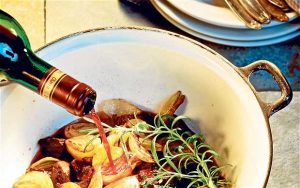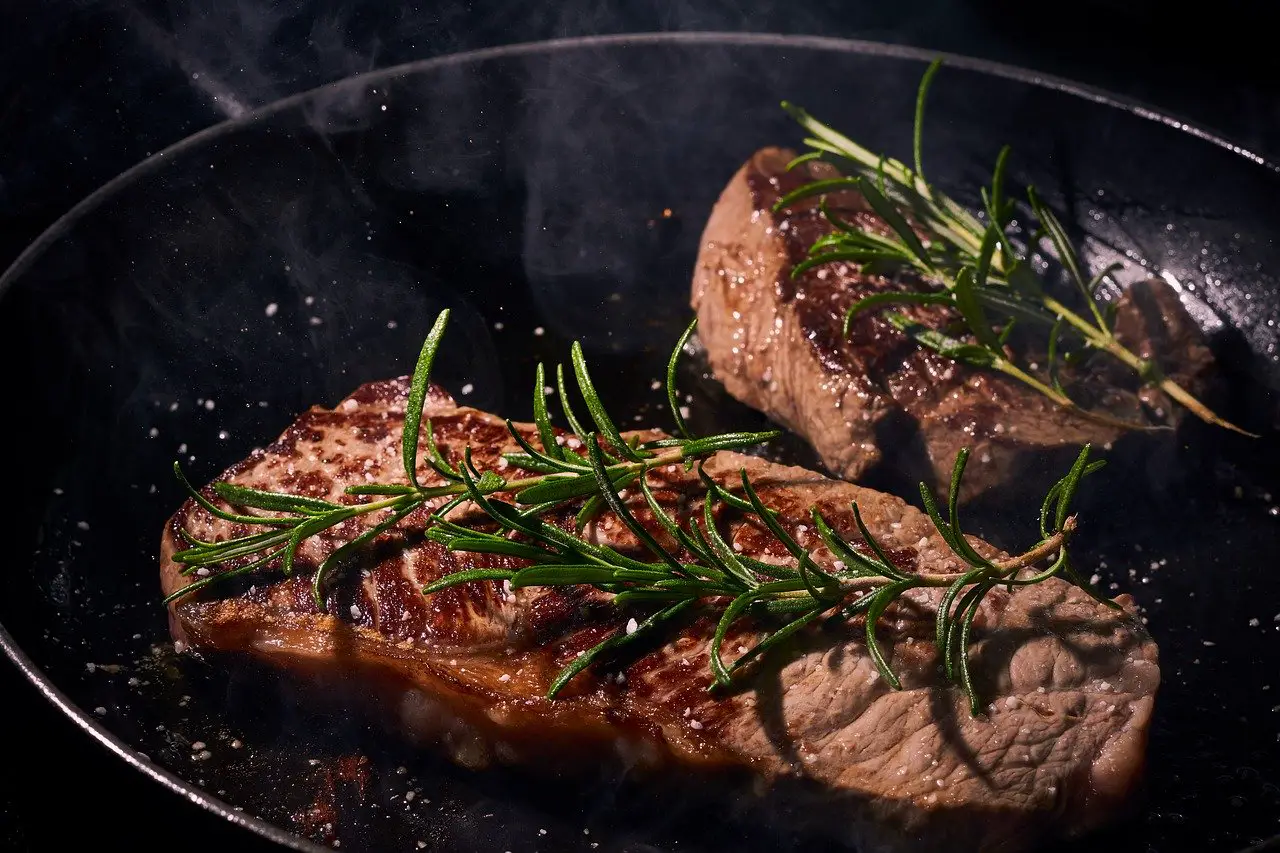On the TV, the star chefs interlace and it is easy to be overwhelmed by all the professional terms and techniques. Nevertheless, the most common mistakes people make when cooking are quite simple. Here are ten tips to help you succeed in the kitchen.
1.Get rid of your microwave
Not literally of course. A microwave can be good for defrosting or heating food, but for cooking it is generally a disaster. The food becomes tasteless and gets no nice roasting. Meat is not caramelized in the same way as when frying, and as a result, many of the aromas released during frying do not appear. The advantage of a micro may be that it goes fast, but with a little practice and planning, you can cook a really good dinner in less than 40 minutes or less. And do you know that you can easily thaw food in the fridge overnight?

2. Read the recipe
If you are using recipes, it is a good idea to actually read through them – preferably twice before you start. Then you get a sense of the order in which the various parts should come and you can prepare the cooking. In addition, you reduce the risk of missing any crucial moments that, in the worst case, result in a total failure. When you feel more at home in how to do, you can then try your own variations of the recipe.
3. Write a list and plan your purchases
If you are preparing something that consists of several different components, it may be very helpful to write an ingredient list before you shop. It may sound obvious, but who hasn’t stood there, about to cook a dish and realized something is missing? If you have everything you need at home, it will be so much more fun to cook. Also, study the cooking time of what you intend to cook. Determine an approximate time when you want to serve and count backward, and you will see approximately when you should start.
4. Add wine
The importance of wine for food should not be underestimated. Here we do not necessarily talk about wine for the food but as an ingredient. Wine adds acidity and freshness and can add an extra dimension to a soup or sauce. Usually, red wine is used for meat and white, dry for fish. If you are going to serve wine to the food, you can advantageously use the same kind of wine in the food – then the flavors harmonize naturally.

5. Use fresh spices
Fresh spices often have more scent and aroma than dried and in addition, they look fresh and inviting. Buy fresh spices and store in pots on the windowsill. Water them as needed and care for them, extending the durability. However, cut leaf parsley in bundles is best stored in a refrigerator, in a plastic bag. Spray preferably in a little water so the leaves stay fresh. Basil and chives are available to buy frozen and this can also be an alternative – especially if the spices are to be mixed in asauce. Of course, for decoration it looks the finest with fresh twigs.
6. Spice enough and well
Don’t be afraid to season with salt and pepper. When you cook pasta, the water should be so salty that it tastes like seawater. Since you still pour off the water, you do not have to worry about getting too much salt. Use fine-grained salt, sea salt or flake salt. The latter is very luxurious to spice up the food with when serving, but it can be difficult to calculate the effect of flake salt when cooking. Many people find it easier to use fine-grained salt. Season a bit and taste, because if you accidentally salt too much, it is difficult to do anything about it.
7. Use butter
Butter is an important element in cooking. Preferably use real butter and if you want to prevent it from being burnt, you can add some oil when cooking. This is handy for example when you are going to fry meat at a fairly high temperature. Butter serves as a flavor enhancer and can also be used as a rescue for some sauces. If you are steaming vegetables, you can advantageously turn the vegetables in a click of butter before serving. They get a glossy surface, taste more and the fat helps the body absorb important nutrients.
8. Create your own dish or sauce
Sure, there are ready-made sauces like powder and in the bag, but nothing can beat home-made sauce for the food. Try to find a couple of good basic recipes for hot and cold sauces, so you can vary them according to your needs and tastes. Hollandaise, bearnaise sauce, and red wine sauce are examples of hot sauces. These are usually prepared with wheat flour and butter or with cornstarch stirred in a little water. Cold sauces are often based on mayonnaise, cream cheese yogurt or sour cream and some common favorites are remoulade sauce and dill sauce. Avoid light products and you will get fine texture and best taste.
9. Use good raw ingredients
Obviously, having good raw materials makes it easier to get good results. Choose fine and high-quality fresh vegetables and preferably buy locally produced if you have the opportunity. Organic meat can be perceived as expensive, but it is important to value what you get for the money. Many people prefer to eat a little less quantity of higher quality meat. The difference is clearly evident in both taste and texture.

10. Taste!
Tasting is an important element in all cooking. This way you will receive guidance on how to proceed. Is the sauce good or does it need to be seasoned more? Maybe a little acid is missing and then you can add a little more wine or pressed lemon. Taste from time to time as you travel, avoiding horrible failures that cannot be repaired. Keep in mind that some flavors mature over time and garlic and other spices tend to increase in strength after a little while. This is important to know if you do dressing, for example.
